
Gebundenes Buch
Revised
19. Mai 2011
Cambridge University Press
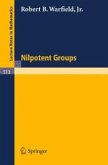
20,95 €
Sofort per Download lieferbar
Ähnliche Artikel

Broschiertes Buch
Softcover reprint of the original 1st ed. 1992
14. Dezember 2011
Springer / Springer New York / Springer, Berlin
978-1-4613-9738-0
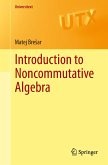
Broschiertes Buch
2014
30. Oktober 2014
Springer / Springer International Publishing / Springer, Berlin
86339633,978-3-319-08692-7
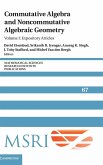
Gebundenes Buch
23. Oktober 2015
Cambridge University Press
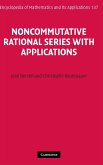
Gebundenes Buch
14. Oktober 2010
Cambridge University Press
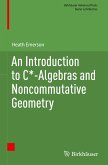
Gebundenes Buch
2024
28. Juli 2024
Birkhäuser / Springer International Publishing / Springer, Berlin
978-3-031-59849-4
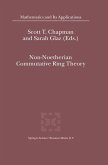
Broschiertes Buch
Softcover reprint of hardcover 1st ed. 2000
7. Dezember 2010
Springer / Springer US / Springer, Berlin
978-1-4419-4835-9

Broschiertes Buch
2004 edition
3. September 2004
Springer / Springer Netherlands
978-1-4020-1983-8
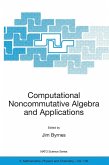
Gebundenes Buch
Proceedings of the NATO Advanced Study Institute, on Computatoinal Noncommutative Algebra and Applications, Il Ciocco, Italy, 6-19 July 2003
2004 edition
3. September 2004
Springer / Springer Netherlands
978-1-4020-1982-1

Gebundenes Buch
2000.
31. Oktober 2000
Springer / Springer US / Springer, Berlin
978-0-7923-6492-4
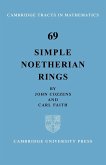
Ähnlichkeitssuche: Fact®Finder von OMIKRON
